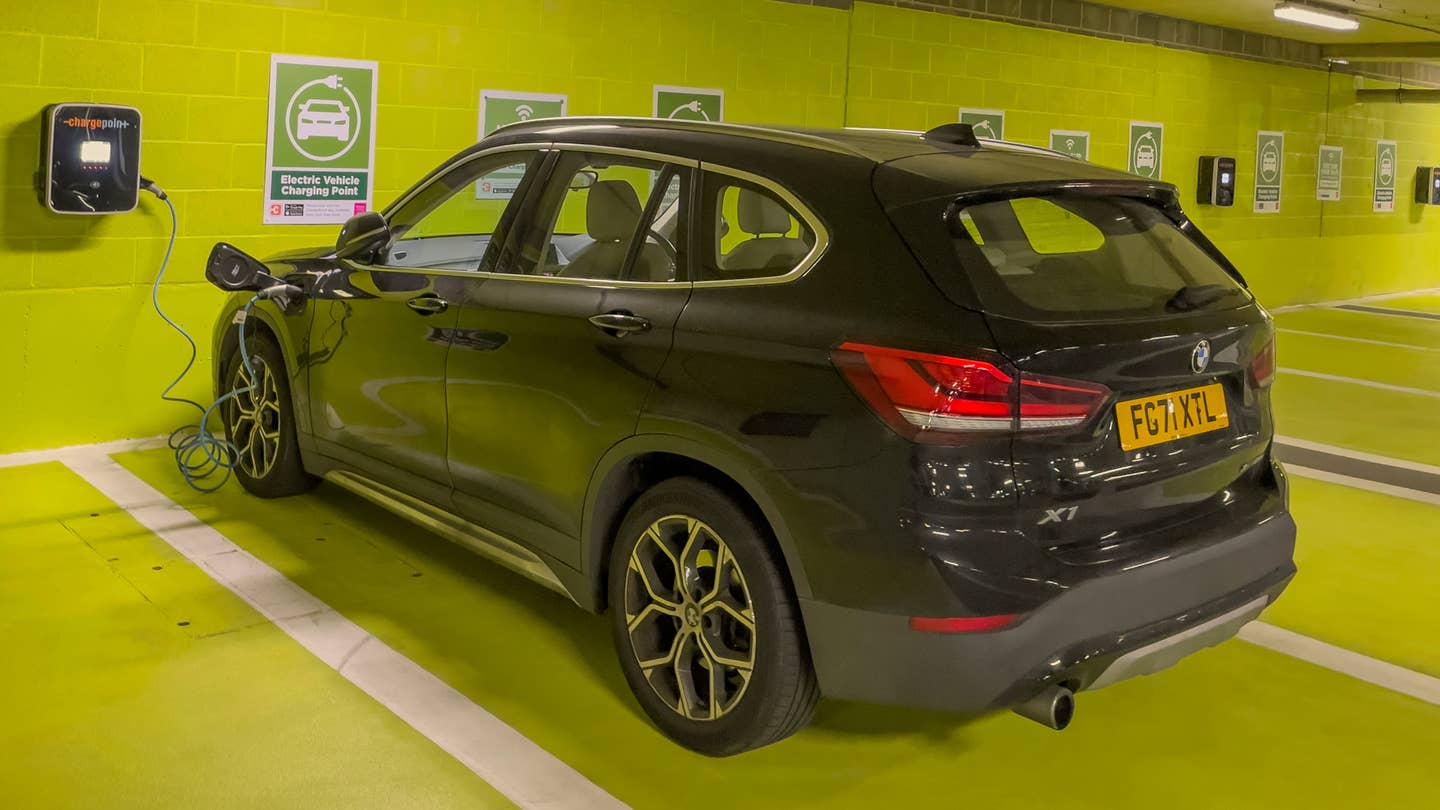Cars keep getting heavier, and experts are worried that aging parking garages simply weren’t built to cope.

Modern electric vehicles are heavy. It’s partly due to the batteries needed to give them decent range, and partly due to the bloat affecting all modern vehicles. Either way, it’s got authorities in the UK worried that older parking garages could collapse under the strain.
As covered by The Telegraph, many multi-story parking garages across the UK were built in the 1960s and 1960s when cars were far lighter than today. Since then, many have suffered from neglected maintenance, leaving them susceptible to structural issues. The concern from experts is that new today’s heavier EVs could push these tired structures beyond their limits.
The British Parking Association (BPA) is preparing to release new guidance on the issue. Structural engineer Chris Whapples, who helped author the report, notes that the situation could be dire in some cases. “I don’t want to be too alarmist, but there definitely is the potential for some of the early car parks in poor condition to collapse,” said Whapples, adding “Operators need to be aware of electric vehicle weights, and get their car parks assessed from a strength point of view, and decide if they need to limit weight.”
EVs can be significantly heavier than their conventional ICE-powered counterparts. As a guide, where a BMW 5 Series might weigh from 3500 to 4500 pounds, a Tesla Model S can weigh anywhere up to 4960 pounds. At the extreme end, the GMC Hummer EV weighs a horrifying 9046 pounds. Meanwhile, back in the 1960s when many of the UK’s carparks were built, the average car weighed well under 3000 pounds.
While the report focuses on the UK, it’s a problem that could easily affect the US, too. American tastes tend heavier than those in the UK, whether we’re talking about EVs or simply the gigantic pickup trucks of today. Decaying infrastructure is becoming a serious problem, too, often due to a lack of proper maintenance.
Thankfully, simple measures are all that’s required to stave off disaster. As per the guidance, structural checks can go a long way to identifying problems before a parking garage collapses. “We have done quite a few inspections of car parks over the last six months, and some prove that the buildings couldn’t withstand the new EV weights.” said Russell Simmons, chair of the BPA’s structures group.
Parking structures that aren’t up to scratch should institute weight limits for heavier cars, or reduce the number of parking bays to avoid problems. Going forward, the BPA is also updating its design recommendations. It will now advise that concrete car park floors should have a design loading limit of 3 kilonewtons of load per square meter, up from 2.5 kilonewtons previously—a 20% increase.
If you drive a heavy EV, be sure to listen out for cracking and snapping sounds next time you’re pulling your behemoth into a decrepit multistory parking garage. If you own such a structure, consider having it thoroughly inspected by qualified civil engineers. Better to spend on maintenance now, rather than end up lamenting the collapse in front of news crews later.
Got a tip? Let the author know: lewin@thedrive.com

